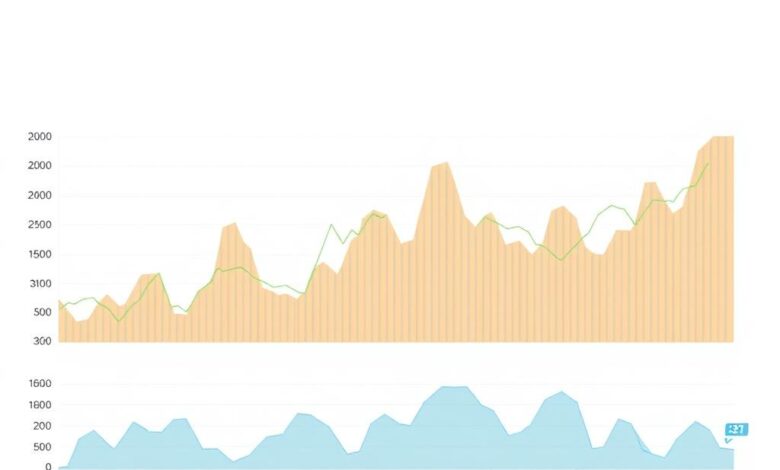How to prepare your finances before buying a home

Establish a robust plan to secure your dream residence by focusing on critical financial metrics. Begin with an assessment of your credit score; a score above 700 typically qualifies you for favorable mortgage rates. Aim to rectify any discrepancies in your credit report prior to engaging with lenders.
Next, prioritize building substantial savings. A well-funded account not only covers initial costs but also serves as a safety net post-purchase. Strive for at least 20% of the home’s price for the down payment, which can significantly reduce monthly obligations and eliminate private mortgage insurance (PMI).
Regularly review your budget and allocate funds diligently towards these goals. This disciplined approach will empower you to make informed decisions and enhance your purchasing power, setting the stage for a successful acquisition process.
Assess Your Credit Score
Check your credit score at least six months prior to applying for a mortgage. A score above 700 typically qualifies you for better interest rates, impacting your monthly payments and overall savings.
Follow these steps to accurately assess your credit profile:
- Request a free credit report from each of the three major bureaus: Equifax, Experian, and TransUnion.
- Review the reports for errors or discrepancies. Dispute any inaccuracies that could lower your score.
- Understand the components of your score: payment history (35%), credit utilization (30%), length of credit history (15%), types of credit used (10%), and new inquiries (10%).
Aim to reduce outstanding debts, particularly on high-interest accounts, to improve your utilization ratio. Ideally, keep this below 30% of your total available credit.
If your score is below 700, consider implementing a plan:
- Make timely payments on all bills.
- Limit new credit inquiries while focusing on rebuilding existing accounts.
- Use tools like secured credit cards or credit-builder loans to enhance your profile over time.
A strong score not only aids in securing favorable mortgage terms but also minimizes the down payment required by some lenders. Investing time in enhancing your credit can yield significant long-term benefits in homeownership costs.
Calculate Total Home Costs
Determine all expenses associated with property acquisition. Begin with the mortgage payment, including principal and interest. Use a mortgage calculator to estimate monthly payments based on loan amount, interest rate, and term.
Factor in property taxes, which can vary significantly by location. Research local tax rates and calculate an annual estimate to divide into monthly payments.
Homeowners insurance is another necessary expense. Contact insurers for quotes tailored to the property type and coverage needs. Add this amount to your monthly budget.
Account for maintenance and repair costs as well. A good rule of thumb is to set aside 1% of the home’s value annually for upkeep.
Don’t overlook closing costs, typically ranging from 2% to 5% of the purchase price. These include fees for services such as appraisals, inspections, and title searches.
Finally, ensure you have adequate savings as a buffer for unexpected expenses or emergencies after moving in. This plan will provide a realistic view of financial commitments beyond just the mortgage payment.
Determine Your Budget
Establish a clear budget by calculating the amount you can afford for a down payment. Aim for at least 20% of the property’s price to avoid private mortgage insurance (PMI). Assess your savings and set aside funds specifically for this purpose.
Evaluate monthly expenses, including property taxes, insurance, and maintenance costs. Use a budgeting tool to track these figures alongside your current income. Consider how much of your monthly earnings can be allocated towards mortgage payments without straining your finances.
Review your credit score as it directly impacts loan terms and interest rates. A higher score translates to better offers from lenders, allowing you to maximize your purchasing power. Take steps to improve it if necessary before committing.
Create a financial plan that includes an emergency fund to cover unexpected repairs or job changes after acquiring property. This safety net will ensure stability while managing new responsibilities associated with homeownership.
Explore Financing Options
Consider a fixed-rate mortgage for stability, as it provides predictable monthly payments over the loan term. This approach shields you from fluctuating interest rates, making budgeting simpler.
Investigate adjustable-rate mortgages (ARMs) if you’re comfortable with initial lower rates that may change later. These can be beneficial for buyers who plan to move within a few years, allowing them to save on interest in the short term.
Explore government-backed loans, such as FHA or VA loans, which often require lower down payment amounts and have more lenient credit score requirements. These options make homeownership attainable for many first-time buyers.
Don’t overlook the importance of savings; aim to accumulate at least 20% for a down payment to avoid private mortgage insurance (PMI). This can significantly reduce your monthly payments and overall loan cost.
Evaluate other financing sources like credit unions or online lenders that might offer competitive rates compared to traditional banks. Always compare terms and fees before committing.
Lastly, consider refinancing options in the future if interest rates drop. Keeping an eye on market trends could lead to significant savings over the life of your mortgage.







